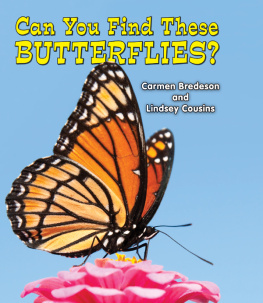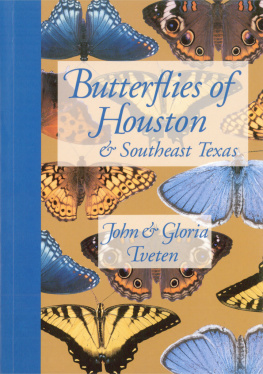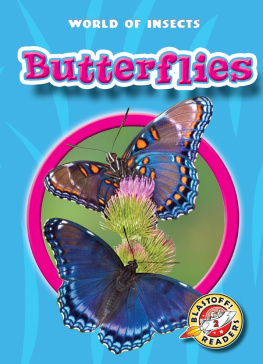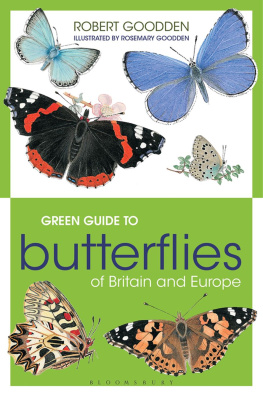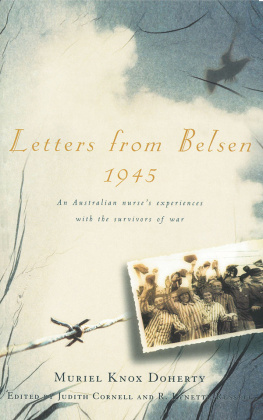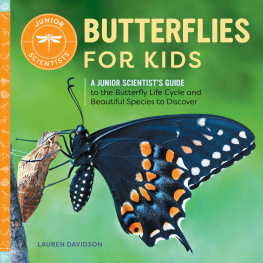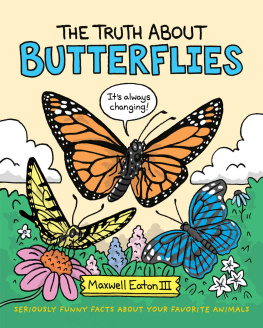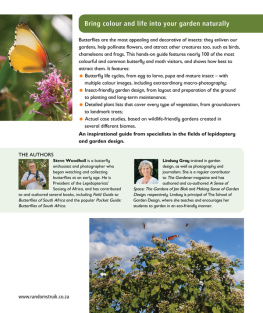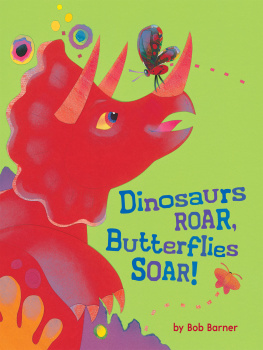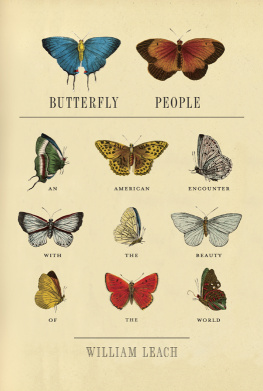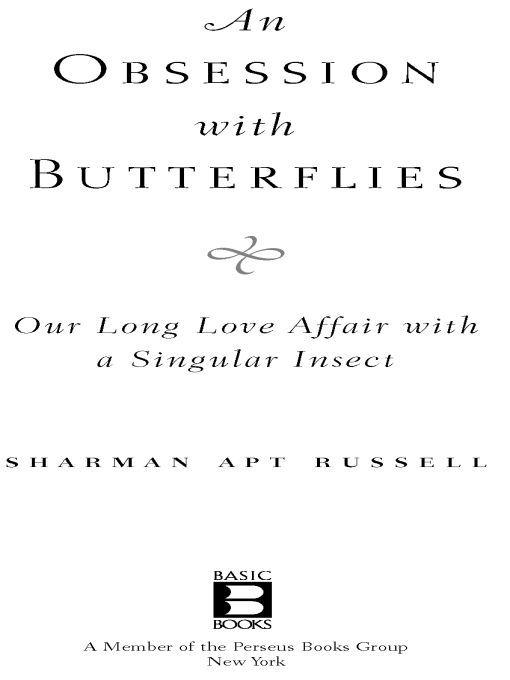Table of Contents
Sharman Apt Russell teaches writing at Western New Mexico University and at Antioch University in Los Angeles, California.
Praise for An Obsession with Butterflies
This enchanting little book is an extraordinary mating of exciting, sure-footed science and inspired prose poetry. It abounds with perfect little declarations and revelations. If you have never given butterflies much thought, this will enrich your perceptions of the world around you. If you already are an addict, this book will mightily confirm your affliction.
-Baltimore Sun
Russell has done a wonderful job of gathering up bits of lore to brighten up her account...all of which makes for fascinating reading.
-The Economist
An exquisitely buoyant ode to butterflies...captivating blend of science, history and wonder...Fascinating.
-Boston Herald
Russell merges wit, knowledge and poetic language in this engaging scientific rumination.... A well researched and beautifully written natural history of these colorful insects.
-Publishers Weekly
Russell speaks clearly and enticingly.... Highly enjoyable: a modest lepidopterous encyclopedia that piques and prods the reader into wanting to know much more.
-Kirkus Reviews
Readable, informative, and at times poetic.
-Boston Globe
One of the most elegant, beautifully written nature books Ive ever read.... At last, butterflies have a work that is worthy of their beauty and grace.
-Curled Up with a Good Book
Unwraps the exquisiteness of the butterfly, revealing a winged creature worthy of the enchantment that inspired Apt Russells book.
-Portland Oregonian
Lore and natural history come together here for a fine read.
-Dallas Morning News
Russells writing is extraordinary.
-Buffalo News
To the butterfly girls: Faye, Lorrie, Maria, Rachel, and Brisly Alejandra
OTHER BOOKS BY
SHARMAN APT RUSSELL
Anatomy of a Rose
Songs of the Fluteplayer
Kill the Cowboy
When the Land Was Young
The beauty and brilliance of the insect are indescribable and none but a naturalist can understand the intense excitement I experienced.... On taking it out of its net and opening the glorious wings my heart began to beat violently, the blood rushed to my head, and I felt more like fainting than I have done when in apprehension of immediate death. I had a headache the rest of the day.
ALFRED RUSSEL WALLACE
The Malay Archipelago
ACKNOWLEDGMENTS
During the course of writing this book, my daughter, Maria Hallie Apt Russell, was a wonderful research assistant and companion to such places as England and Costa Rica. My husband, Peter Russell, was there from the beginning to the end, envisioning, re-envisioning, and catching butterflies. My editor at Perseus Books, Amanda Cook, is always supportive, insightful, and on target.
Any mistakes in the following chapters are my own. At the same time, I must thank the many scientists whose research I used and who did me the favor of reading over the text.
Bert Orr from Griffith University in Queensland, Australia, was a tremendous help. A good writer and editor, as well as an expert in his field, Bert has the gift of offering critical suggestions in the context of generous enthusiasm. Some of his work with butterflies is highlighted in the chapter Love Stories. His comments and observations strengthened many other parts of this book.
Philip DeVries also offered suggestions and comments in the middle of a very busy life. At the Natural History Museum in London, Richard Vane-Wright, Phillip Ackery, Jeremy Holloway, and David Carter all took time to meet with me and later to read sections of the manuscript. I first used Martha Weisss work in my book Anatomy of a Rose and was happy to return to her research. Dan Papaj at the University of Arizona offered valuable ideas and commentary, as did Larry Gilbert at the University of Texas at Austin.
Rudi Mattoni gallantly sat with me in the lounge of the Marriot Courtyard Hotel in Marina del Rey and told stories. I would also like to thank Arthur Bonner for his help.
Bill Toone of the San Diego Zoo had some important ideas about the business of butterflies. Daryl Loth shared some nice moments by the Rio Tortuguero. I am grateful for the hospitality of Paul Grant at the Barra del Colorado Wildlife Refuge field biology station and the good work of the Canadian Organization for Tropical Rainforest Education and Conservation (COTREC). Joris Brinckerhoff of CRES and The Butterfly Farm in San Jos, Costa Rica, also gave me his time and comments.
Two organizations I have to applaud are The North American Butterfly Association and The Xerces Society. More information can be found at their Web sites.
Finally, I would like to thank Western New Mexico University and the WNMU Research Committee for their ongoing support. In particular, I have to praise again the staff of the Interlibrary Loan Department, without whom nothing could be written.
A NOTE ON NAMES
Most people classify butterflies into the following groups:
The superfamily Papilionoidea are divided into five families.
The family Papilionidae are often called the swallowtails. They include the birdwings and the apollos.
The family Pieridae encompass what we call the whites, orange tips, brimstones, and sulphurs.
The family Lycaenidae include the blues, hairstreaks, and coppers.
The family Riodinidae are known as the metalmarks. Some taxonomists list this as a subfamily.
The family Nymphalidae are referred to as brush-footed butterflies because their forelegs are often reduced to a hairy pad. There are thirteen subfamilies that include these common names: owls, satyrs, longwings, morphos, browns, milkweeds, snouts, fritillaries, tortoiseshells, painted ladies, admirals, buckeyes, checkerspots, and crescents.
The superfamily Hesperioidea include only one family, Hesperiidae. These butterflies are commonly called skippers. They tend to have a quick, erratic flight and a short, stout body. Skippers can resemble moths in the way they hold their wings out and their use of cocoons for pupation.
The superfamily Hedyloidea also include only one family, Hedylidae. These butterfly-moths have characteristics of both moths and butterflies.
For the most part, I use common names for species. I do not capitalize general terms such as fritillaries or whites; I do capitalize the common name referring to a specific species, such as a Silver-washed Fritillary or a Large White. Of course, common names bedevil scientists and are ridiculously inaccurate because they change with locale and custom. For that reason, I have included an alphabetical list of every common name used in the text, along with its scientific name. For non-lepidoptera, the scientific name is given in the end notes.








